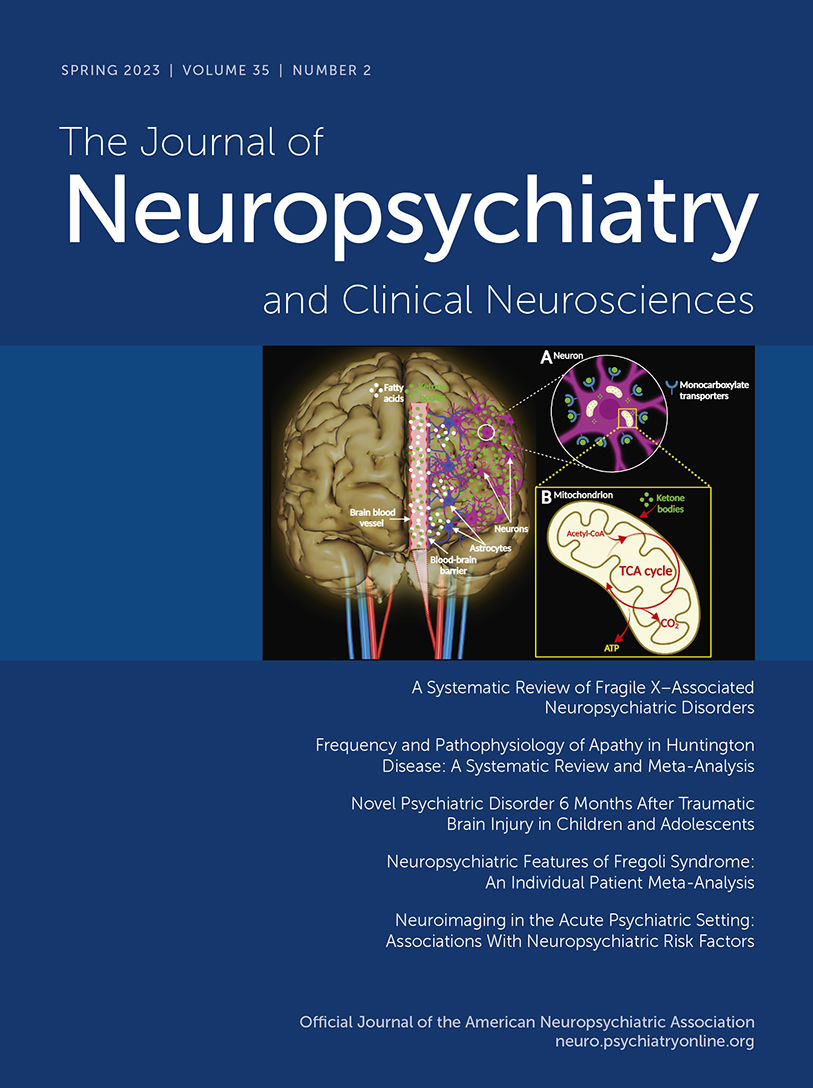Incongruences Between Facial Expression and Self-Reported Emotional Reactivity in Frontotemporal Dementia and Related Disorders
Abstract
Objective:
Emotional reactivity normally involves a synchronized coordination of subjective experience and facial expression. These aspects of emotional reactivity can be uncoupled by neurological illness and produce adverse consequences for patient and caregiver quality of life because of misunderstandings regarding the patient’s presumed internal state. Frontotemporal dementia (FTD) is often associated with altered social and emotional functioning. FTD is a heterogeneous disease, and socioemotional changes in patients could result from altered internal experience, altered facial expressive ability, altered language skills, or other factors. The authors investigated how individuals with FTD subtypes differ from a healthy control group regarding the extent to which their facial expressivity aligns with their self-reported emotional experience.
Methods:
Using a compound measure of emotional reactivity to assess reactions to three emotionally provocative videos, the authors explored potential explanations for differences in alignment of facial expressivity with emotional experience, including parkinsonism, physiological reactivity, and nontarget verbal responses.
Results:
Participants with the three main subtypes of FTD all tended to express less emotion on their faces than they did through self-report.
Conclusions:
Exploratory analyses suggest that reasons for this incongruence likely differ not only between but also within diagnostic subgroups.



